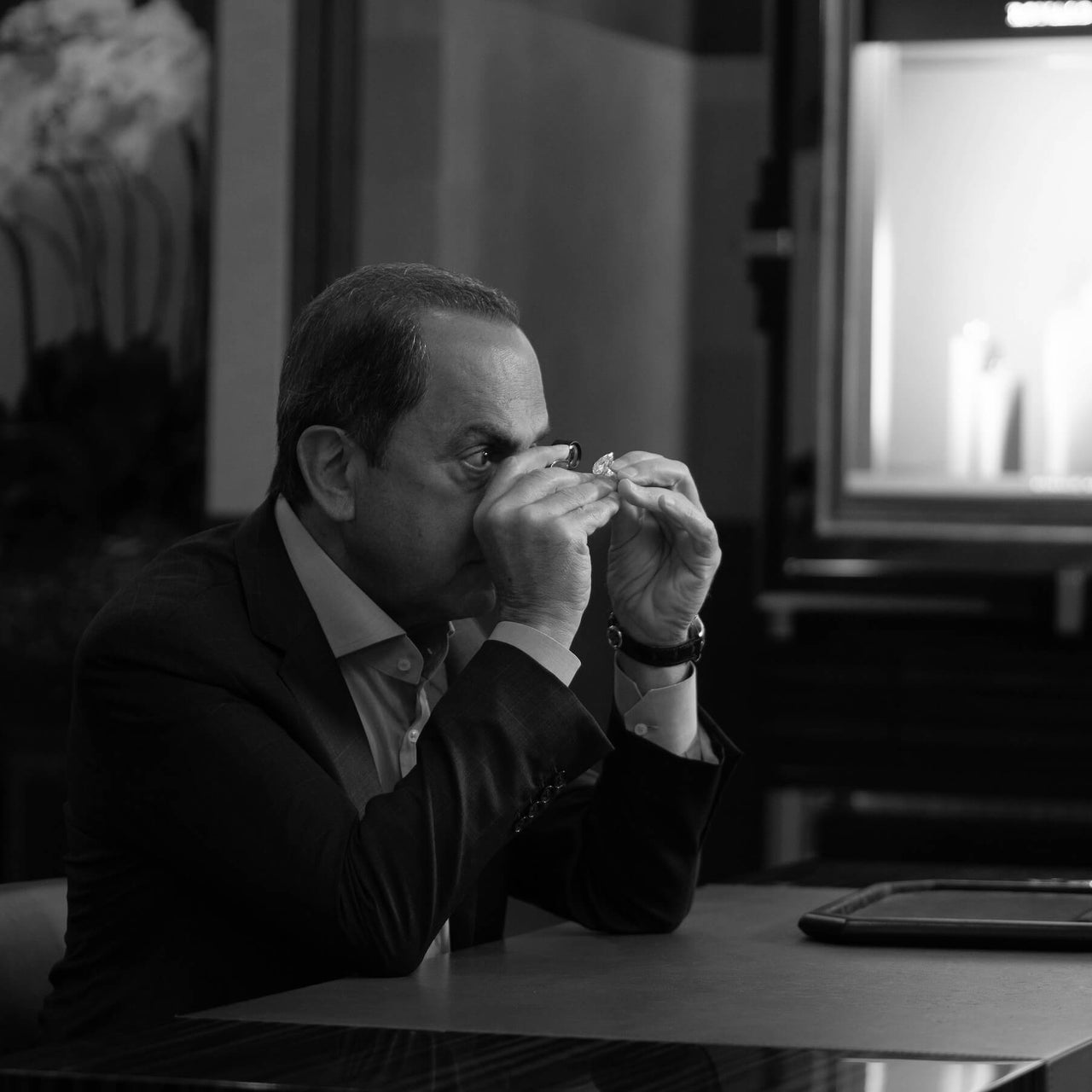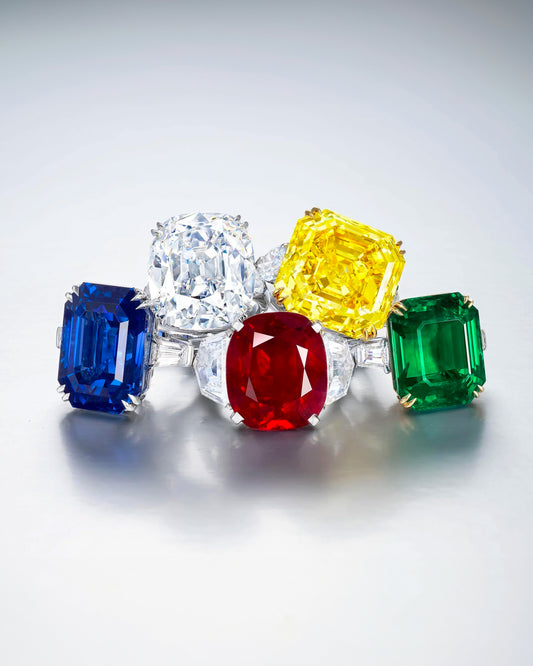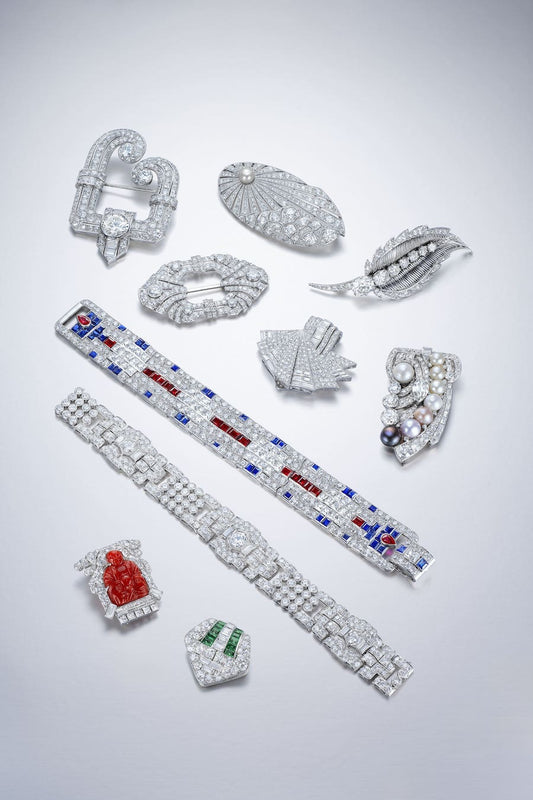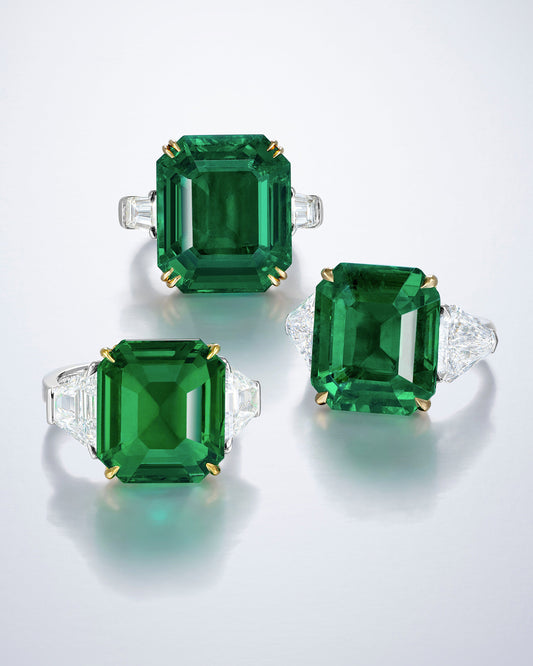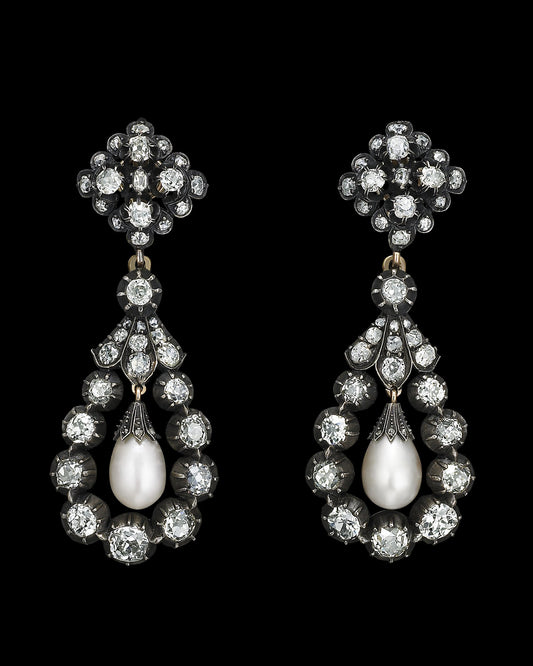
Here’s what to consider when reading a certificate
If you are looking to acquire a diamond, either to be worn or as a form of financial security, it’s likely you will have done some basic research.
That might begin with a consideration of the 4Cs – cut, carat, colour and clarity, the information listed on a diamond’s gemmological certificate. After this initial research you’ll probably have some parameters in mind for making a decision as to which diamond you’d like to own, but that’s just one part of the story.
What is a diamond certificate?
A certificate is a document provided by a reputable laboratory confirming the gemmological characteristics of a diamond. As experienced collectors, we take the information contained in these certificates to go beyond the 4Cs and compare diamonds based on nuanced elements. At Ronald Abram, our diamonds are accompanied by Gemological Institute of America (GIA) certificates.
There are five vital gemmological characteristics detailed in a certificate which play an important role in determining a diamond's value:
1. Measurements
The proportions of a diamond; its length, width and depth and how these factors influence a stone's overall beauty. At Ronald Abram, we consider the measurements of each stone carefully and only carry stones cut to ideal proportions.
2. Fluorescence
The ability of some diamonds to glow when exposed to UV light. Fluorescence ranges from none to very strong and in some cases can affect the overall appearance of a diamond. At Ronald Abram, we only carry stones with faint or no fluorescence.
3. Graining
A type of internal or external feature that can affect the transparency as well as the clarity of a diamond. The degree of graining can be either obvious or subtle. At Ronald Abram, we never carry stones with an obvious degree of graining.
4. Table size
This refers to the diamond's largest facet. The table should be perfectly proportioned and neither too large nor too small as a percentage of its overall diameter. There is a common misconception that the larger the table the more valuable the stone. The reality is, the larger the table the more light leakage, resulting in less brilliance. At Ronald Abram, we study each stone carefully to ensure a perfect table size in proportion to the diamond.
5. Critical weights
A diamond’s value is determined first and foremost by its weight. Often diamonds are cut to retain carat weight in order to achieve a higher value. For example, a diamond weighing 3.00 or 3.01 will be worth more than a diamond weighing 2.95. Stones in the x.00-x.01 weight category are known as critical weights. From a professional standpoint these critical weight stones are cut to inferior proportions in order to retain value. At Ronald Abram, we don’t carry such stones because we favour beauty over weight.
How do these factors influence the value of a diamond?
Our multi-generational experience as diamond dealers has taught us to scrutinise these characteristics and consider them in terms of a stone's value. That experience allows us to critically compare one diamond to another, even if both stones are seemingly identical to a consumer.
Take for example, two round brilliant, D-colour, internally flawless diamonds with similar gemmological grading in terms of the 4Cs. When you take into account the five vital characteristics listed above, the difference in the two stones becomes apparent.
One may have subtle variations in its overall proportions as well as the size and angles of certain facets. It may also have medium fluorescence and obvious graining. The other may be perfectly cut with an ideal depth percentage and no traces of fluorescence or graining. In our professional opinion, this is undoubtedly the better stone and therefore more valuable.
20.02 carat Cushion Cut Diamond
What should I be aware of as a diamond collector?
If you encounter a substantial difference in price for two comparable diamonds, there are likely factors at play.
A consumer who thinks they are paying less or securing a good deal probably doesn't realise their diamond has negative attributes which diminish its value and desirability.
If a prospective buyer believes they can get a better deal elsewhere, there's reason to proceed with caution. A large discrepancy in the price of comparable diamonds suggests the secrets of a certificate need to be explored. An established professional can help you do this.
How best to read a diamond certificate
Jewellery is an emotional purchase. So, while diamond certificates convey important information, they are still guidelines, not rules to follow. They cannot provide a definitive answer as to whether a diamond is worthy of collection. This must be interpreted by an expert who can help you understand what you're buying and offer advice.
At Ronald Abram, we've spent decades collecting and building an inventory of rare, collectible stones. What we see in these diamonds is not always easy to decipher in a gemmological certificate. That's because we are innately aware of the qualities and attributes that go into making a diamond valuable. Our standards are absolute because any piece of jewellery that bears our name is a declaration of quality. This is how we ensure every jewel is worthy of collection.
